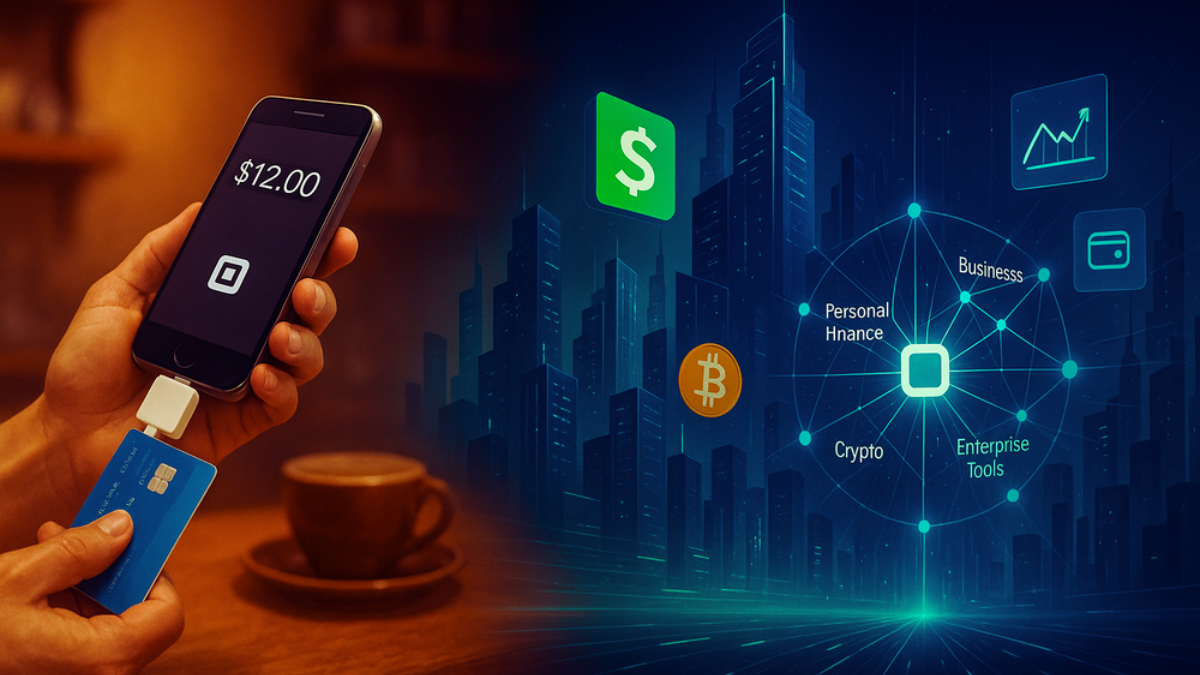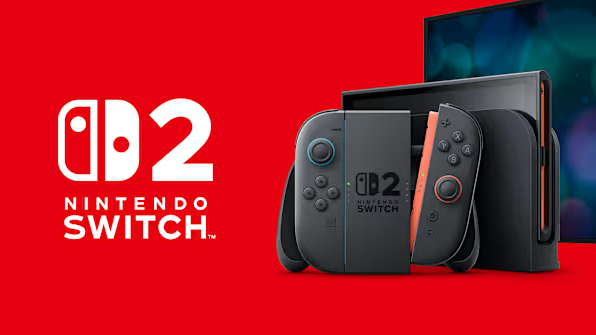Block’s Journey: From Mobile Payments Pioneer to Financial Ecosystem Powerhouse
Block, Inc. (NYSE: SQ), formerly known as Square, Inc., has undergone a remarkable transformation since its inception in 2009. Originally a startup focused on mobile payment solutions for small businesses, Block has expanded into a diversified financial technology leader with a broad ecosystem serving businesses and consumers worldwide. This article explores Block’s origins, growth, product evolution, market impact, and future outlook as it solidifies its position as a fintech powerhouse.
Foundation and Early Vision
Block’s origin story is rooted in a simple but powerful insight. Co-founder Jim McKelvey, a glass artist, lost a sale because he could not accept credit card payments. This experience exposed a glaring gap: many small businesses and individual sellers were excluded from the digital economy due to high costs and complexity of traditional merchant services.
Partnering with Jack Dorsey—co-founder of Twitter—the duo launched Square, Inc. in February 2009. Their mission was clear: democratize financial services by creating an accessible, affordable mobile payment system. The breakthrough came in the form of the Square Reader—a compact card reader that plugged into smartphones—turning any mobile device into a point-of-sale (POS) terminal.
This innovation opened the door for millions of small merchants, enabling seamless credit card acceptance without the need for expensive equipment or contracts. Square’s transparent flat-rate fee model replaced confusing pricing structures, building trust and adoption.
Growth Milestones and Market Expansion
Block’s evolution over the years has been driven by strategic product development and expansion:
- 2010: Launch of the Square Reader and mobile payment app revolutionizes small business transactions.
- 2013: Introduction of Cash App (originally Square Cash), a peer-to-peer payments platform.
- 2014: Launch of Square Capital, extending lending services to merchants based on sales data.
- 2015: Initial Public Offering (IPO), raising $243 million and increasing market visibility.
- 2018: Acquisition of Weebly, expanding e-commerce capabilities.
- 2021: Acquisition of Afterpay, entering the booming “buy now, pay later” (BNPL) market.
- 2021: Rebrand from Square to Block, reflecting broader technological ambitions beyond payments.
- 2025: Entry into the prestigious S&P 500 index, underscoring Block’s market significance.
Geographically, Block began in the U.S. but rapidly expanded internationally, entering Canada, Japan, Australia, and major European markets, aided by acquisitions and organic growth. This global footprint enables Block to serve a diverse customer base, from micro-merchants to mid-market businesses.
Product Ecosystem: A Comprehensive Financial Platform
Block’s success is closely tied to its integrated ecosystem designed for sellers and consumers alike.
For Businesses: Square Ecosystem
Block’s Square platform evolved from a simple payment reader to a comprehensive business management suite. Features now include:
- Point-of-Sale (POS) Systems: Hardware and software for sales, inventory, and employee management.
- Square Capital: Merchant loans leveraging sales data.
- Square Banking: Checking and savings accounts tailored for small businesses.
- Industry-Specific Solutions: Tailored tools for restaurants, retail, and services.
- Developer APIs: Allowing third-party integrations and customization.
- Afterpay BNPL Integration: Empowering merchants to offer installment payments at checkout.
For Consumers: Cash App Ecosystem
Cash App transformed from a P2P payment tool into a versatile digital wallet offering:
- Banking Services: Direct deposits, account numbers, and debit card access.
- Investments: Stock trading and Bitcoin purchasing.
- Credit and Loans: Personal lending options.
- Tax Services: Integrated tax filing via acquired Credit Karma Tax.
- Afterpay Installments: Managing BNPL plans within the app.
Commitment to Bitcoin and Decentralization
Block is a major advocate for Bitcoin adoption and decentralized finance technologies. Its subsidiary, Spiral, advances Bitcoin infrastructure globally, including developing Bitcoin mining chips and promoting self-custody wallets like Bitkey.
Market Leadership and Financial Performance
As of mid-2025, Block stands as a leader in fintech, with:
- Strong Market Capitalization: Approximately $48 billion.
- Dominance in POS Systems: Square serves over 4 million sellers, processing billions annually.
- Growing Cash App User Base: One of the most engaged financial apps globally.
- Afterpay’s BNPL Growth: Significant contribution to gross merchandise value and profits.
- Robust Financials: Record adjusted operating income and EBITDA, focusing on profitability and efficiency.
Block’s inclusion in the S&P 500 marks its status as a stable and influential player, attracting institutional investors and affirming its long-term growth potential.
Corporate Culture, Leadership & Strategic Vision
Block’s culture centers on economic empowerment, innovation, and inclusivity. The company’s leadership team, including co-founder Jack Dorsey and CFO Amrita Ahuja, drives a mission to provide equitable financial tools that empower underserved populations and businesses of all sizes.
Recent organizational restructuring towards a function-based model aims to break down silos, foster collaboration, and accelerate product innovation.
Future Outlook and Strategic Priorities
Looking ahead, Block plans to:
- Accelerate Gross Profit Growth: Leveraging expanding ecosystems and new markets.
- Expand Global Economic Access: Bringing financial services to more regions and demographics.
- Invest in AI and Automation: Enhancing customer experience and operational efficiency.
- Deepen Bitcoin Infrastructure: Building on its leadership in decentralized finance.
- Enhance Customer Trust and Openness: Prioritizing transparency and security.
While macroeconomic headwinds and competition remain challenges, Block’s focus on recurring revenue streams and high-value merchant relationships position it well for sustained growth.
Conclusion
Block’s journey from a humble mobile card reader startup to a diversified financial technology powerhouse is a testament to visionary innovation and a relentless commitment to financial inclusion. By building interconnected ecosystems that serve sellers and consumers alike, Block continues to shape the future of digital commerce and finance.
With strategic investments in technology, customer-centric solutions, and a mission-driven culture, Block is well-positioned to remain a global leader in fintech innovation.



